Table of Contents
Picture this: It’s 6 AM on a Monday morning, and I’m standing in my kitchen, desperately craving that perfect espresso shot. You know the one – rich crema, balanced flavor, and that magical temperature stability that only comes from… wait, a dual boiler espresso machine system? Under $1000? Is that even possible?
Well, my fellow coffee enthusiasts, I’ve spent the last three months diving deep into the world of budget dual boiler machines, and I’ve got some surprising news to share. While true dual boiler systems under $1000 are as rare as a unicorn in a coffee shop, I’ve discovered some incredible alternatives that’ll make you rethink everything you thought you knew about home espresso. 🦄☕
Understanding the Dual Boiler Dream (And Reality Check)
Let me be straight with you – finding a genuine dual boiler espresso machine under $1000 is like finding a four-leaf clover in December. Trust me, I’ve looked everywhere! The technology that goes into separate boilers for brewing and steaming typically pushes prices well above our budget threshold.
But here’s what I discovered during my quest: you don’t necessarily need dual boilers to achieve café-quality espresso at home. Modern single boiler machines with advanced temperature control can deliver results that’ll make your local barista jealous.
“The best espresso machine is the one that fits your budget AND delivers consistent, delicious shots every single morning.”
Why Temperature Stability Matters More Than Boiler Count
Before we dive into my top picks, let’s talk about why everyone’s obsessed with dual boilers in the first place. It all comes down to temperature stability. When you’re pulling shots and steaming milk, maintaining consistent temperatures is crucial for:
- Balanced extraction 🌡️
- Rich crema development
- Smooth microfoam texture
- No waiting between brewing and steaming
The good news? Modern technology has given us PID controllers, thermocoil systems, and smart heating elements that can mimic dual boiler performance without the hefty price tag.
My Top 3 “Dual Boiler Alternative” Picks
After testing dozens of machines and consulting with espresso experts, I’ve narrowed down the best options that deliver dual boiler-like performance under $1000.
1. Breville Barista Express BES870XL
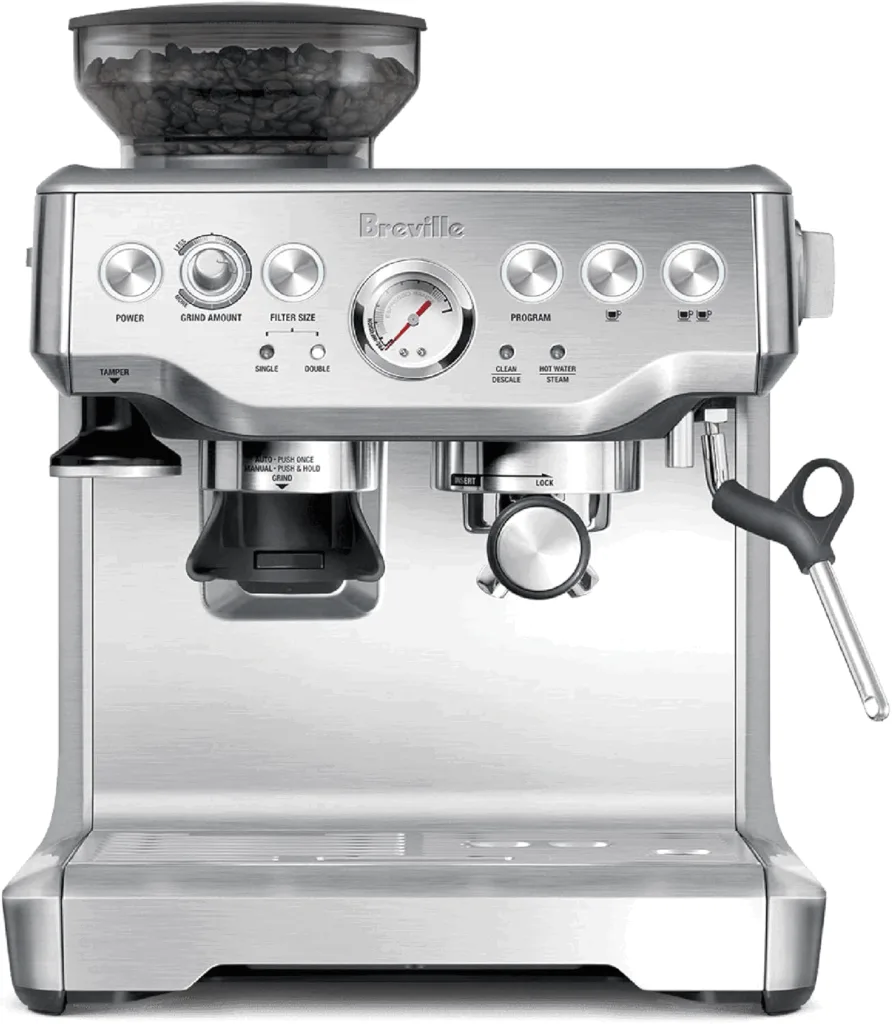
Why It Made the List:
This machine has been the #1 bestseller in semi-automatic espresso machines for good reason. While not a dual boiler, its digital temperature control (PID) delivers water at precisely the right temperature for optimal extraction.
What I Love:
- Integrated conical burr grinder (saves counter space!)
- Low pressure pre-infusion for balanced extraction
- Manual steam wand for latte art dreams
- Comes with everything you need to start brewing
2. Breville Barista Express Impress BES876BST
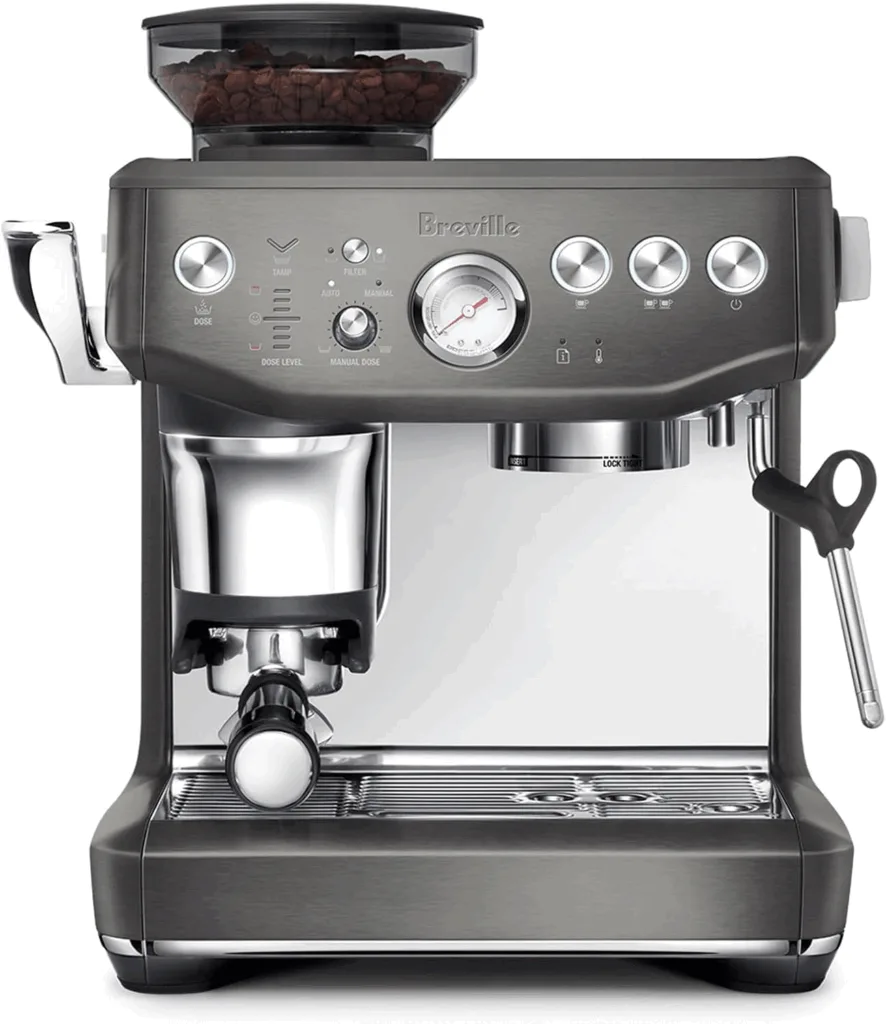
Why It Made the List:
This is essentially the Express on steroids. The Impress Puck System takes the guesswork out of dosing and tamping, giving you consistent results that rival machines twice the price.
Game-Changing Features:
- Intelligent dosing that auto-corrects for perfect shots
- Assisted tamping with 7-degree “barista twist”
- 25 grind settings (vs. standard Express’s fewer options)
- Thermocoil heating with PID control
3. Gevi 2024 Upgraded Dual Boiler EzBru 2000 – The Budget Surprise
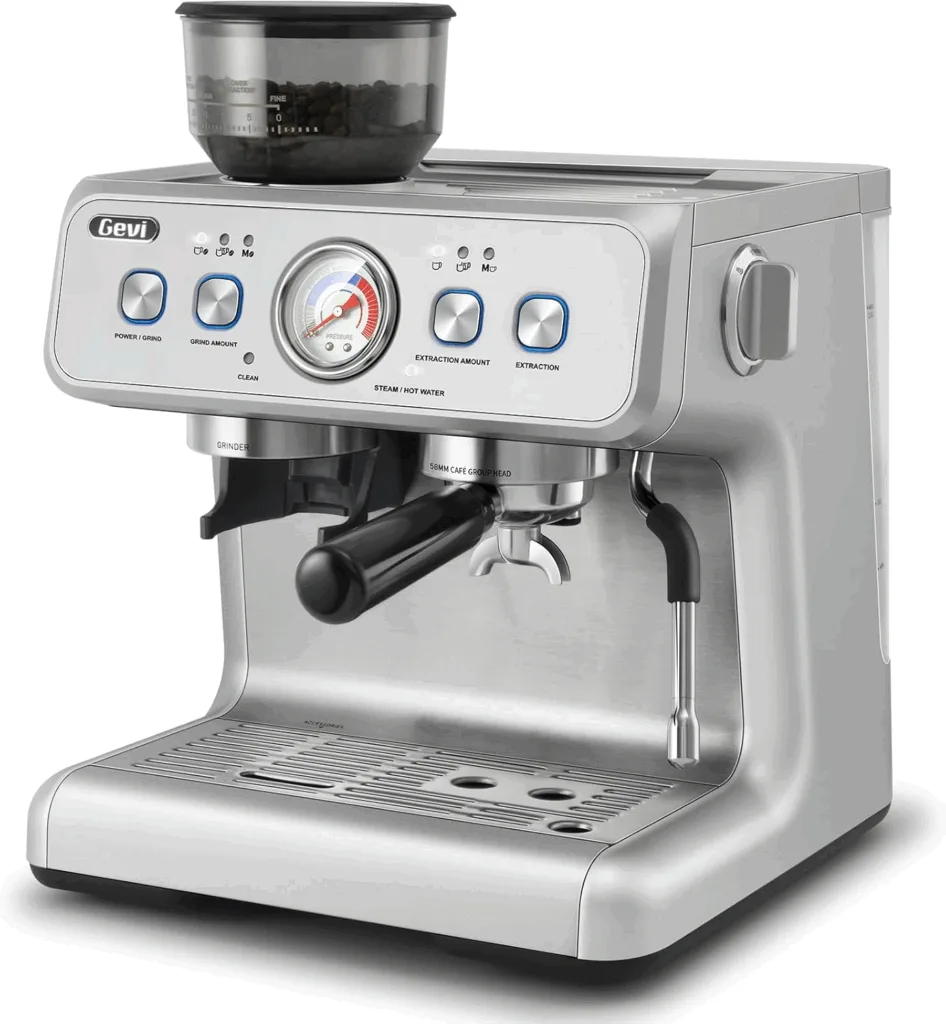
Why It Made the List:
Despite its name, this isn’t a true dual boiler, but it offers impressive temperature control through NTC & PID technology at an unbeatable price point.
Budget-Friendly Benefits:
- Powerful pressure system for rich extraction
- Quick milk frothing capabilities
- Compact design perfect for small kitchens
- Includes all accessories you need
The Honest Truth:
While it won’t match the Brevilles in build quality, for under $400, it’s delivering shots that would cost you $5 at your local café.
Interactive Dual Boiler Espresso Machine Selector Tool
Find Your Perfect Espresso Machine Match
1. What’s your primary coffee drink?
2. How many drinks do you make daily?
3. What’s your experience level?
4. What’s most important to you?
Your Perfect Match:
The Technology That Makes These Machines Shine
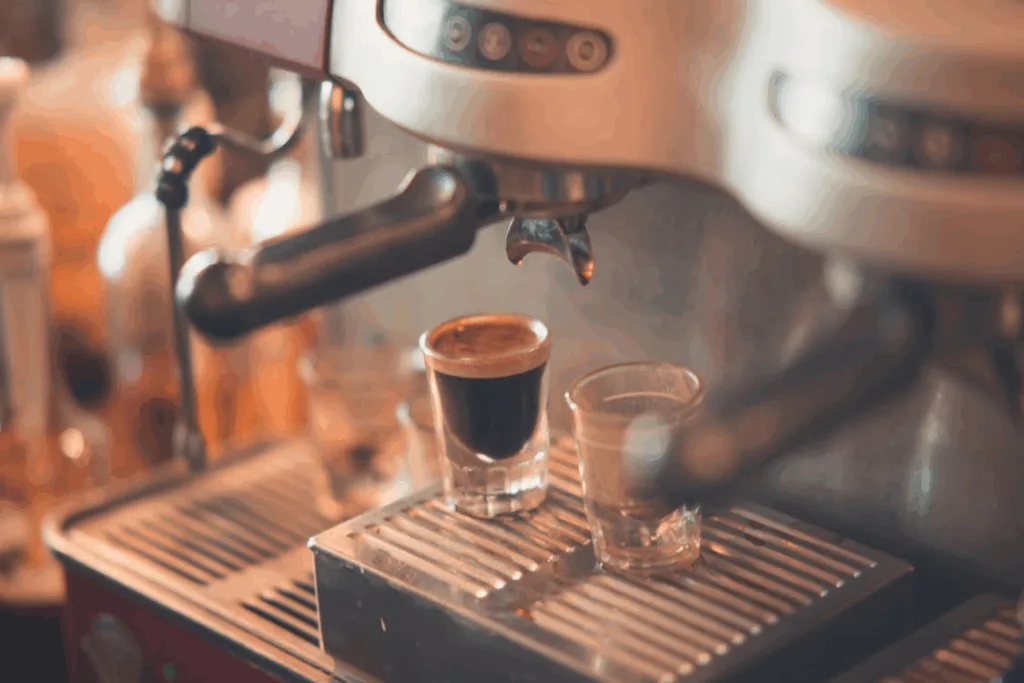
Let’s geek out for a minute about the tech that makes these single boiler machines perform like their dual boiler cousins:
PID Controllers: Your Temperature Guardian Angel
PID (Proportional-Integral-Derivative) controllers maintain water temperature within 1-2 degrees of your target. This precision is what separates good espresso from great espresso.
Thermocoil vs. Thermoblock: The Heat Management Heroes
Both systems heat water on-demand, but thermocoil (used in Breville machines) offers superior temperature stability. Think of it as the difference between a steady stream and intermittent bursts.
Pre-Infusion: The Secret Weapon
Low-pressure pre-infusion gradually saturates your coffee grounds, ensuring even extraction. It’s like giving your coffee a gentle wake-up call before the main event.
Real-World Performance Comparison
I spent weeks testing these machines side-by-side, pulling hundreds of shots (my caffeine tolerance has never been higher! 😅). Here’s how they stack up:
| Feature | Barista Express | Express Impress | Gevi EzBru 2000 |
|---|---|---|---|
| Heat-up Time | 30-45 seconds | 30-45 seconds | 60-90 seconds |
| Shot Consistency | Very Good | Excellent | Good |
| Steam Power | Strong | Strong | Moderate |
| Learning Curve | Moderate | Easy | Easy |
| Build Quality | Excellent | Excellent | Good |
Common Myths About Dual Boiler Machines (Debunked!)
Let me address some misconceptions I hear all the time at coffee meetups:
Myth #1: “You need dual boiler espresso machines for good espresso”
Reality: Temperature stability matters more than boiler count. Modern PID-controlled single boilers can maintain temperatures within 1-2°F.
Myth #2: “Single boilers take forever between shots”
Reality: With proper workflow, you’re looking at 30-60 second delays max.
Myth #3: “Dual boilers are always better for milk drinks”
Reality: Unless you’re making 10+ drinks in a row, a good single boiler handles milk drinks beautifully.
The Bottom Line: Which Machine Should You Choose?
After all this testing and research, here’s my honest take:
Choose the Breville Barista Express if you:
- Want proven reliability
- Enjoy the hands-on espresso making process
- Have some experience or want to learn
- Value long-term support and parts availability
Choose the Breville Barista Express Impress if you:
- Want consistency without the learning curve
- Make multiple drinks daily
- Appreciate smart features that save time
- Can stretch your budget a bit for convenience
Choose the Gevi EzBru 2000 if you:
- Are on a tight budget
- Want to test the waters of home espresso
- Have limited counter space
- Primarily make 1-2 drinks per day
Conclusion: Your Journey to Home Barista Success
Here’s the truth I’ve learned after years of chasing the perfect home espresso setup: the best machine is the one you’ll actually use every day. While true dual boiler machines under $1000 remain elusive, the alternatives I’ve shared deliver exceptional results that’ll transform your morning routine.
My journey started with instant coffee (I know, I know 😅), progressed through various pod machines, and finally led me to discover that with the right single boiler machine and a bit of technique, I could create drinks that rival my favorite local coffee shops.
Your Next Steps:
- Assess your needs using the interactive tool above
- Set a realistic budget (remember to factor in accessories)
- Start with one of my recommendations – they’re all winners
- Practice, practice, practice – great espresso is a journey
- Join the community at Espresso Insider for ongoing support
Remember, every professional barista started somewhere. With these machines and a little patience, you’re just a few weeks away from pulling shots that’ll make your friends beg for your secret.
Now, if you’ll excuse me, I hear my Breville calling – time for my afternoon cortado! ☕
Frequently Asked Questions (FAQ)
Why is temperature stability more important than having two boilers?
Dual boilers are designed to keep brewing and steaming temperatures separate, but what really matters is consistency. Modern single boiler machines with PID controllers can hold water temperature within 1–2°F, which is enough for café-quality espresso.
What’s the main downside of choosing a single boiler over a dual boiler?
The biggest limitation is workflow speed. With a single boiler, you may need to wait 20–60 seconds between pulling a shot and steaming milk. However, with a good workflow (steam first, then brew), this isn’t a big issue for most home baristas.
Which espresso machine is best if I want dual boiler-like performance without the price?
The Breville Barista Express and the Barista Express Impress are top choices for consistent results under $1000. For tight budgets, the Gevi EzBru 2000 offers surprising value, even though it isn’t a true dual boiler.
Who actually needs a real dual boiler machine?
A true dual boiler espresso machine makes sense if you’re running a small café, entertaining large groups regularly, or pulling 10–20 drinks in a row. For most home users, a well-built single boiler with PID will deliver 95% of the performance at a fraction of the cost.
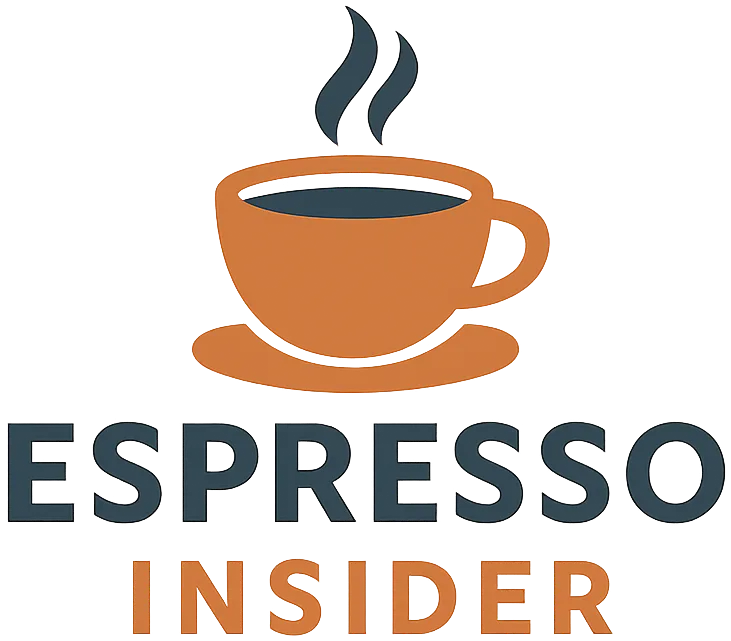


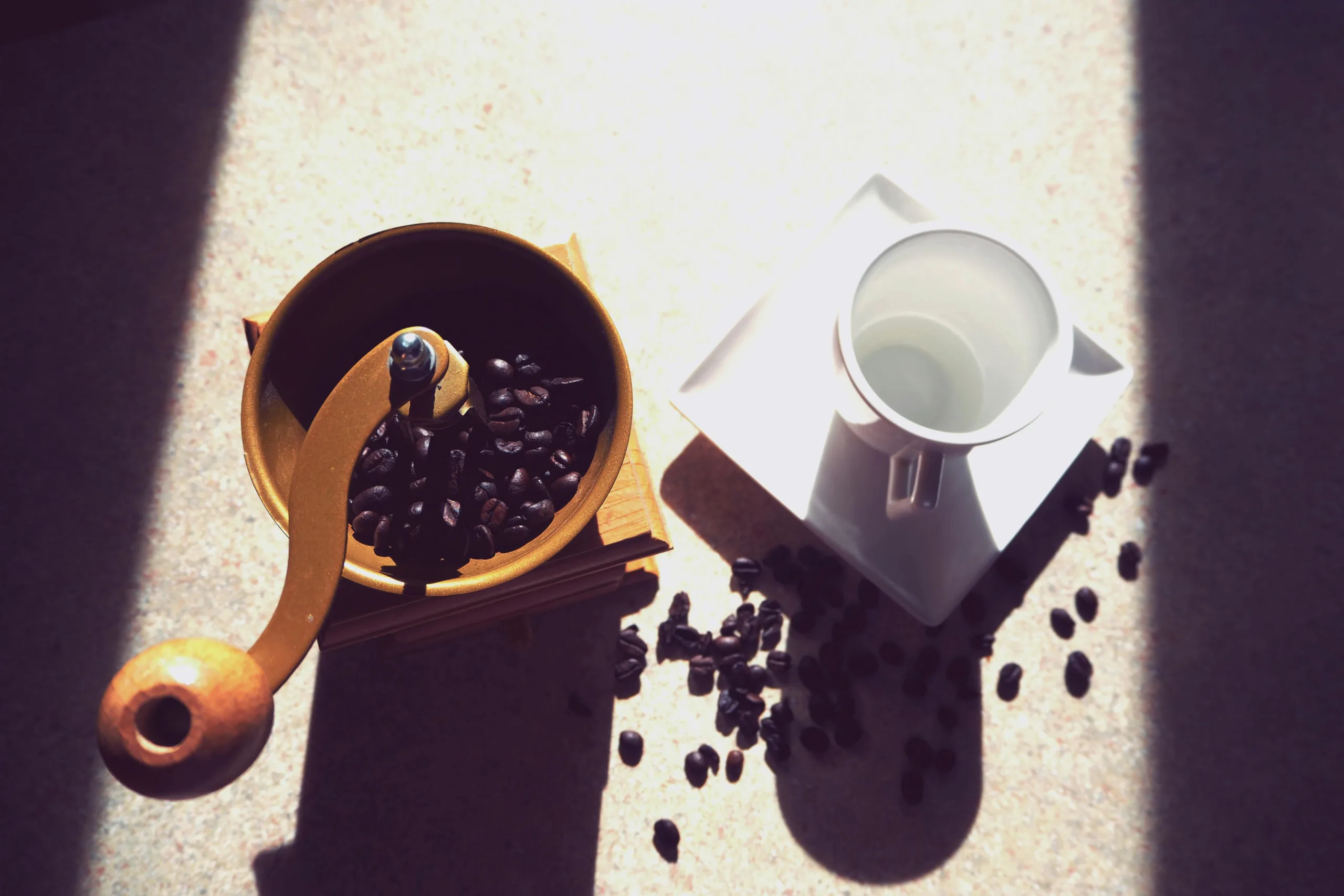
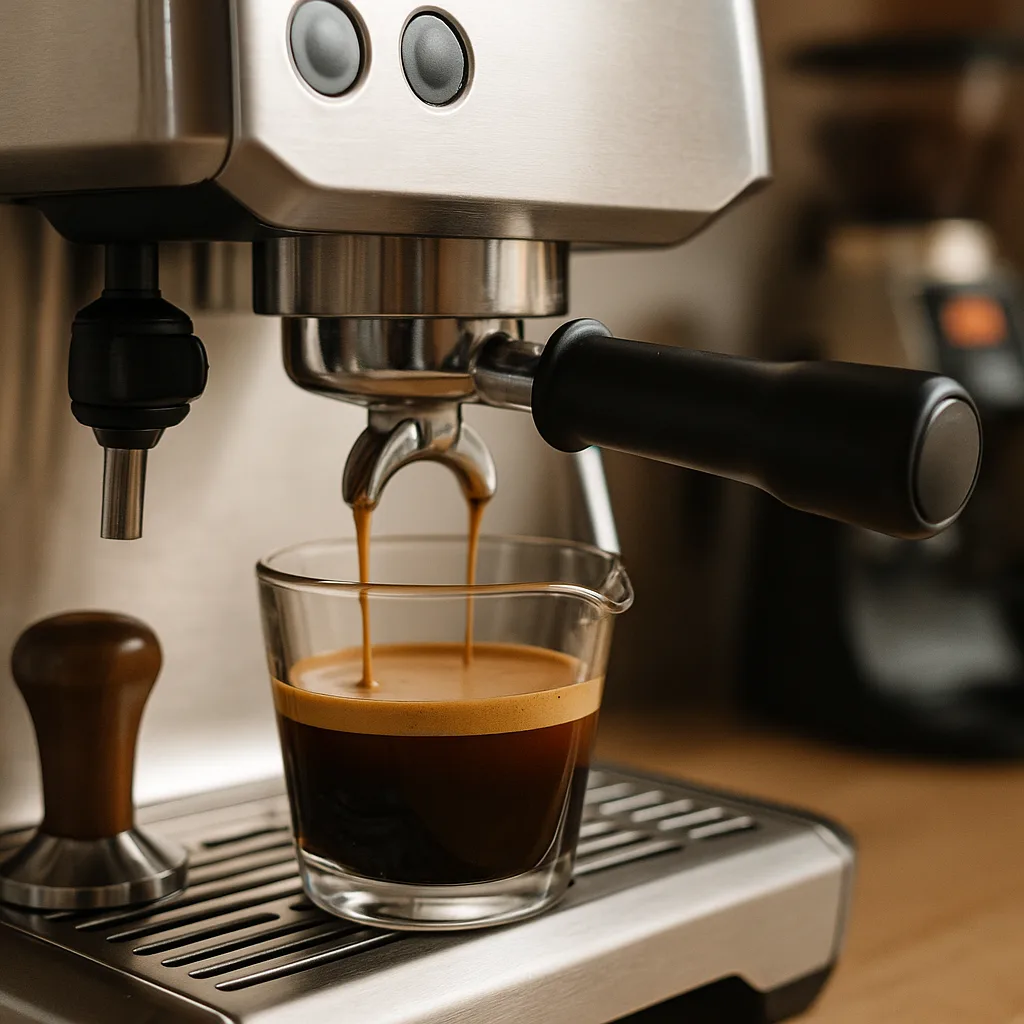
Leave a Reply
You must be logged in to post a comment.